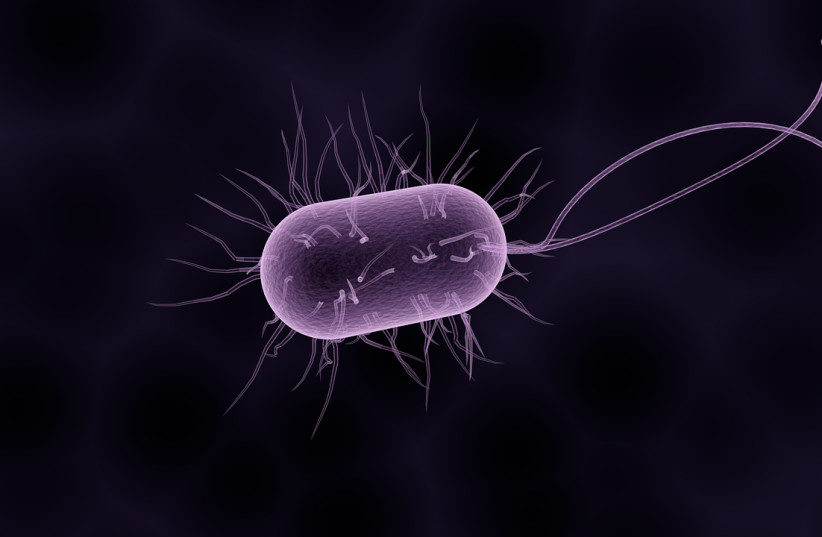Ancient viruses frozen in the Arctic permafrost could one day be released by Earth’s warming climate and unleash another major global pandemic, scientists have warned, according to a report in the Guardian.
The potential pandemic is trapped within strains of Methuselah microbes, colloquially referred to as zombie viruses. Scientists have already been isolating them in order to study the virus, as part of an Arctic monitoring network that would pinpoint early cases of a disease caused by the ancient microorganisms.
This arctic monitoring network would provide quarantine and expert medical treatment for those infected in order to contain an outbreak, and prevent infected people from leaving the region, the Guardian reported.
"At the moment, analyses of pandemic threats focus on diseases that might emerge in southern regions and then spread north,” said geneticist Jean-Michel Claverie from Aix-Marseille University to the Guardian.
“By contrast, little attention has been given to an outbreak that might emerge in the far north and then travel south – and that is an oversight, I believe. There are viruses up there that have the potential to infect humans and start a new disease outbreak.”

Marion Koopmans, a virologist, of the Erasmus Medical Center in Rotterdam concurred, commenting, “We don’t know what viruses are lying out there in the permafrost but I think there is a real risk that there might be one capable of triggering a disease outbreak – say of an ancient form of polio. We have to assume that something like this could happen.”
Several potential ancient diseases are frozen
This is not the first case of a potential ancient disease that is frozen, but when unfrozen, could cause a pandemic.
In 2014, the geneticist, Claverie, led a team of scientists in isolating a live virus from Siberia that had been buried in permafrost for thousands of years, showing they could still infect single-cell organisms. Further research, published last year, revealed the existence of several different viral strains from seven different sites in Siberia. This research proved that these viral strains could infect cultured cells, including a virus sample that was upwards of 48,500 years old.
Although several of these viruses can only infect cell cultures and microorganisms, it is still possible that other viruses could cause illnesses in humans.
Permafrost covers 20% of the northern hemisphere and is made up of soil that has been kept at temperatures below zero for long periods. Permafrost is an ideal environment for preserving biological material. The geneticist, Claverie, told the Observer last week that, “You could put a yogurt in permafrost and it might still be edible 50,000 years later,” reported the Guardian.
As the Arctic melts due to climate change, the disappearance of arctic sea ice will permit increases in shipping, traffic and industrial development. The mining operations that will be planned will drive holes deep into the permafrost to extract oil and ores, according to Claverie, reported the Guardian.
“Those operations will release vast amounts of pathogens that still thrive there. Miners will walk in and breathe the viruses. The effects could be calamitous,” Claverie stated.
Other scientists stressed that a change of land use has caused the spread of diseases in the past, such as monkeypox and the Nipah virus.
The permafrost could be entrapping viruses that are millions of years old. Claverie highlighted, “Our immune systems may have never been in contact with some of those microbes, and that is another worry. The scenario of an unknown virus once infecting a Neanderthal coming back at us, although unlikely, has become a real possibility.”
